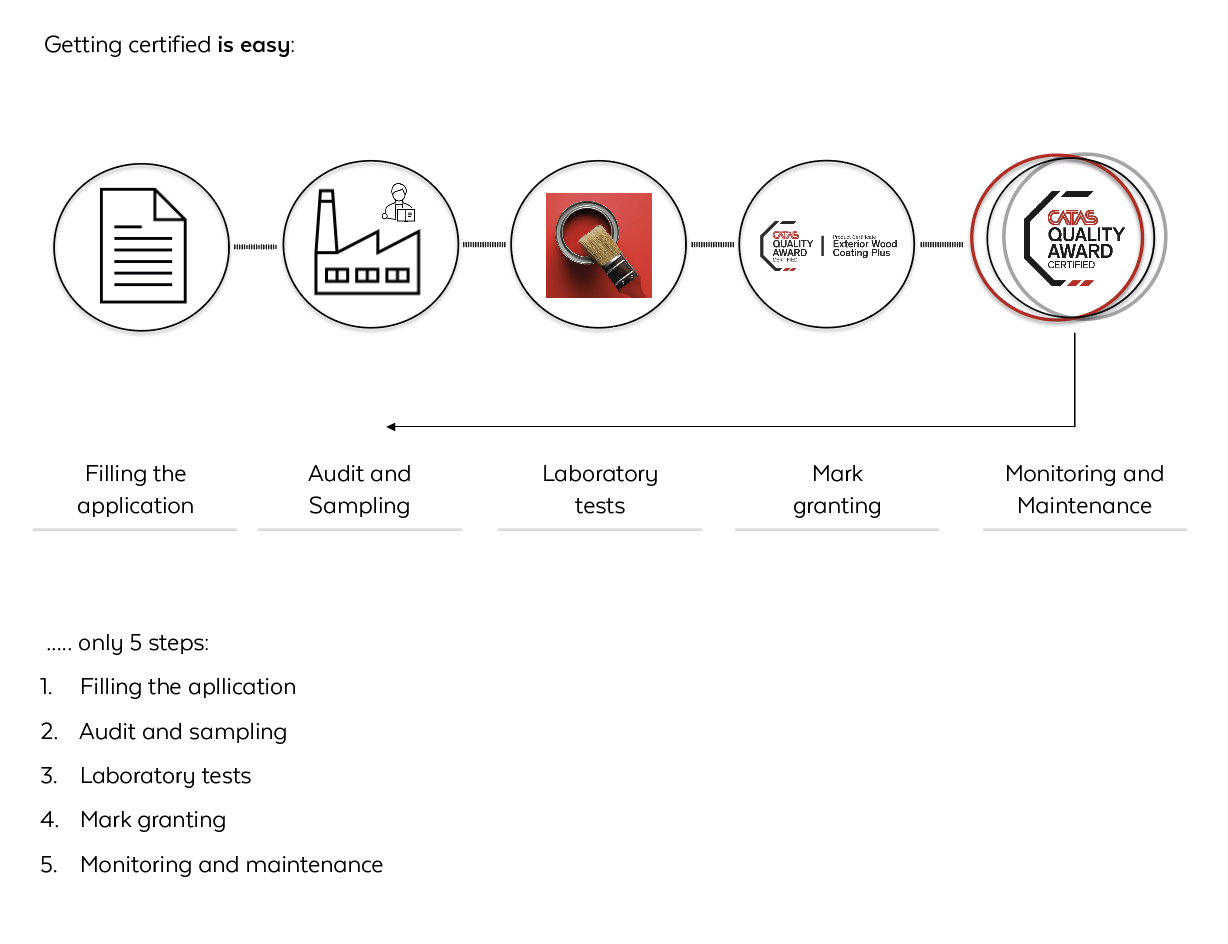
Product certifications arise as a result of market demand to prove that the product to be marketed has... something extra.
To do this, standards do not always come to our aid. Often, there are no standards so specific as to demonstrate the product's uniqueness.
Let us take the example of outdoor coating systems, where natural exposure is the most significant test, but is also the most difficult to reproduce. The latitude in which the material will be situated in use and the exposure conditions are discriminating.
The standardized method is the tool at our disposal to understand whether the quality of the product is sufficient, but it does not always ensure that in use the product will live up to expectations. Although the standards tend to take to extreme the criteria to ensure the worst possible conditions of use, the product must undergo additional tests to characterize specific qualities.
For example, testing the adhesion of the film in wet conditions is a test that, if passed, makes it possible to guarantee with a reasonable degree of certainty that, even in extreme conditions of exposure to moisture, no defects that would require very demanding restoration works will be occur.
Furthermore, carrying out tests that verify a product at several levels considering different characteristics, also makes it possible to explain any criticalities, thus allowing us to understand where to intervene (in formulation? in application?) to improve things.

A further example is testing for the presence of micro-bubbles within a coating film, which allows us to understand why a product exhibits reduced water permeability or reduced resistance to ageing or even reduced adhesion. Not least, a number of microbubbles in excess of 30 per centimeter also reduces the actual amount of product applied.
Catas is always at the forefront and available for the study of factors that may put products at particular risk depending on their use.
Moreover, Catas, being also active in standardization, allows companies with certified products to check their quality according to the latest innovations. This allows those with CQA product certificationto be at the forefront andin accordance with the latest regulatory requirements.
To give an example in this regard: a method for verifying paint softening has been under study for many years; various approaches have been identified and analyzed and certified products have been tested with the methods under study. Any criticalities can thus be discussed and possible changes in formulations or application methods evaluated. Alternatively, the method itself can be discussed and re-evaluated, and a possible minimum requirement can be defined.
Companies that have certification are therefore directly involved in the latest regulatory changes and collaborate in the study of new solutions.
Being Catas certified certainly means to be a step ahead!
For info:Alessia Matellon
0432 747232
matellon@catas.com




